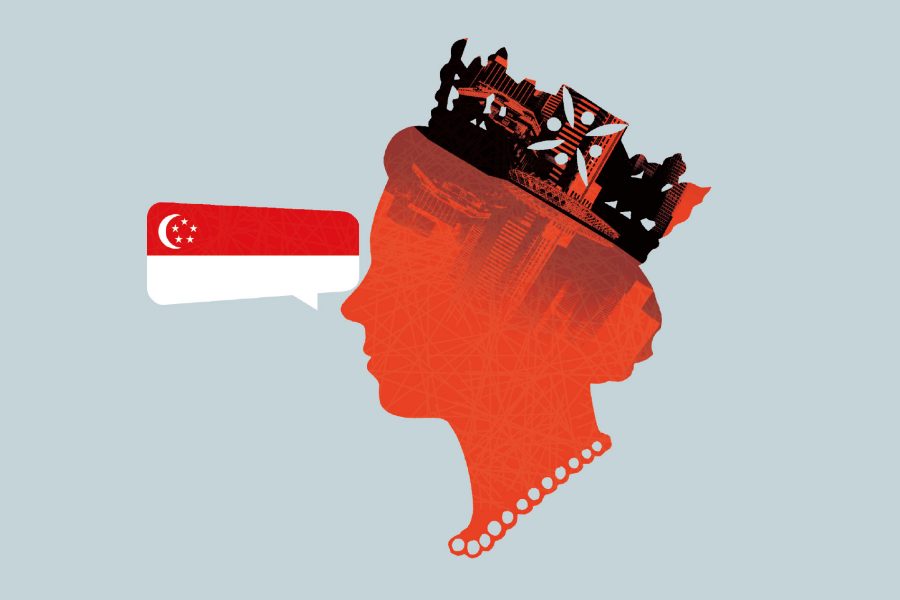Five years ago, I was a very confused expat – a Brit new to Singapore. I thought I had moved to an English-speaking country and yet I couldn’t understand half of what was being said. It took me a good month to get used to the staccato rhythms of Singlish, a patois unique to Singapore.
For the uninitiated, Singlish might sound like broken English. To complain about the heat and request that the fan be turned on, someone might say: ‘Today damn hot ah. On fan can?’ Or to confront someone for not calling you as promised: ‘How come I ask you call me yesterday, why you no call one?’
Sometimes the phrases are so different from standard English that they’re unintelligible to mere English speakers. For example: ‘Wah lao eh… got meh?’ This mix of words adapted from Hokkien, Cantonese and English means ‘goodness… are you sure?’
Singlish is a spoken language that breaks rules of English conjunctions and grammar, and can be a confusing hodgepodge of languages for the untrained ear. It is English that has been diced and thrown into a casserole dish along with a pinch of Hokkien, Cantonese, Teochew, Tamil and Malay. But most Singaporeans are exceedingly fond of their unofficial national language, praising its efficiency. More importantly, it’s a unique marker – a linguistic manifestation – of the Singaporean identity, one known for multiculturalism.
Singlish is frowned upon by some, regarded as lacking sophistication. In 2000, the Singaporean government launched the Speak Good English movement in an attempt to stamp out Singlish from use in formal and public settings. Over the past decade, however, Singlish has crept back into the public’s hearts, and was even recognised as a part of Singapore’s culture and heritage during celebrations to mark the city’s 50 years of independence in 2015.
As Singapore has become my home over the years, so too has Singlish become an adopted language. Whether I’m ordering kopi (coffee) from the auntie at the kopitiam (coffee shop) or directing taxi drivers to my destination, I leave out unnecessary words with phrases like ‘Uncle, go right at traffic light’. And with friends, instead of ‘Hi, how are you?’ I use the phrase that reflects Chinese culture and Singapore’s food obsession: ‘You eat oready ah?’ Some people may hear grammatically incorrect English – but for me, it encapsulates everything I love about my adopted home.
Illustration: SR Garcia
Singapore travel information
- China – the Chinese Mainland, Hong Kong SAR, Macao SAR and Taiwan Region
- Hong Kong SAR - English
- Chinese Mainland (China) - English
- Taiwan, China - English
- 香港特別行政區 - 繁體中文
- 中国內地 - 简体中文
- 中國台灣 - 繁體中文
- Africa
- South Africa - English
- Asia
- Bangladesh - English
- Korea - English
- Singapore - English
- Cambodia - English
- 한국 - 한국어
- Sri Lanka - English
- India - English
- Malaysia - English
- Thailand - English
- Indonesia - English
- Maldives - English
- ประเทศไทย - ภาษาไทย
- Indonesia - Bahasa Indonesia
- Myanmar - English
- Vietnam - English
- Japan - English
- Nepal - English
- Việt Nam - tiếng Việt
- 日本 - 日本語
- Philippines - English
- Australasia
- Australia - English
- New Zealand - English
